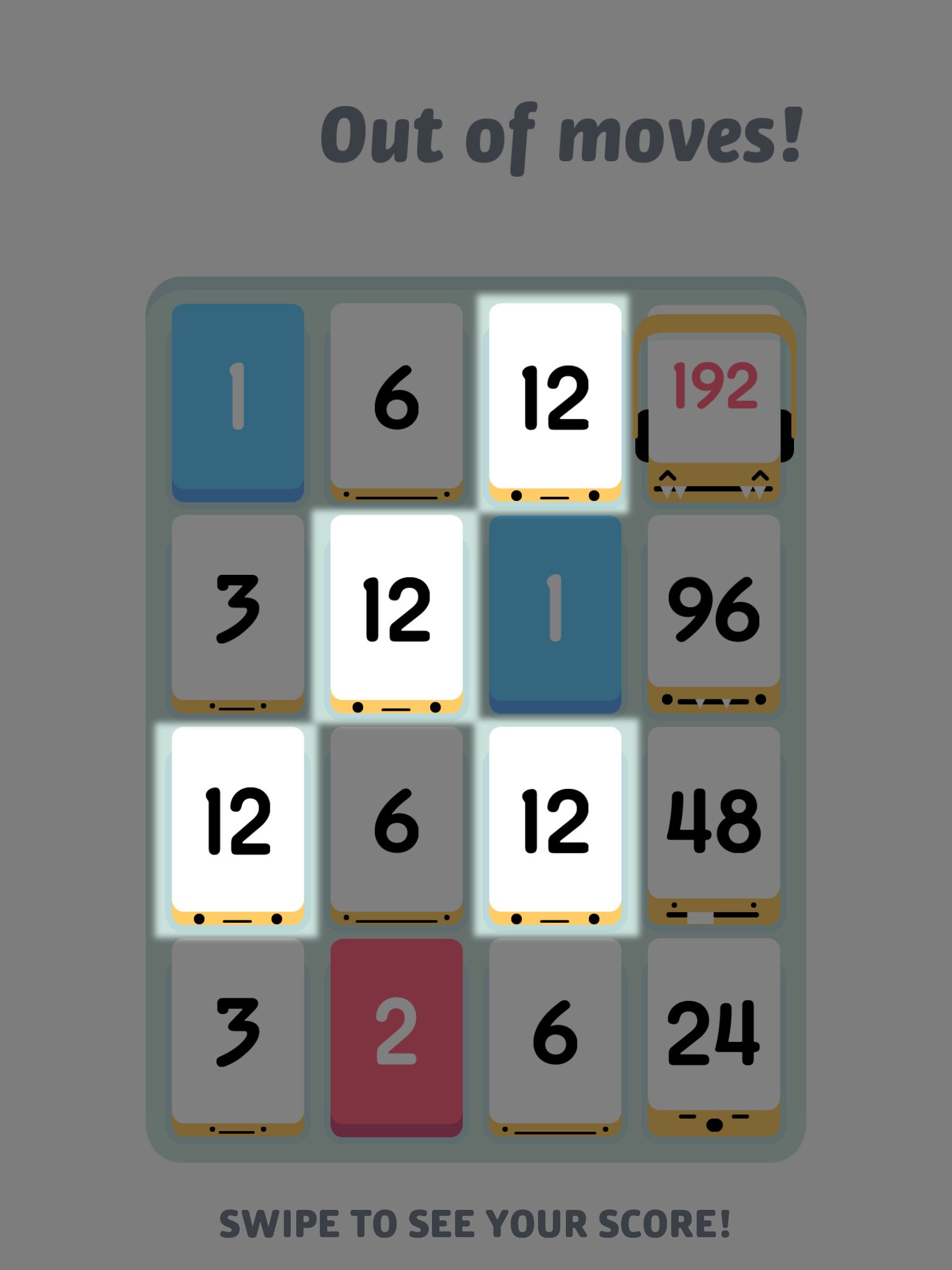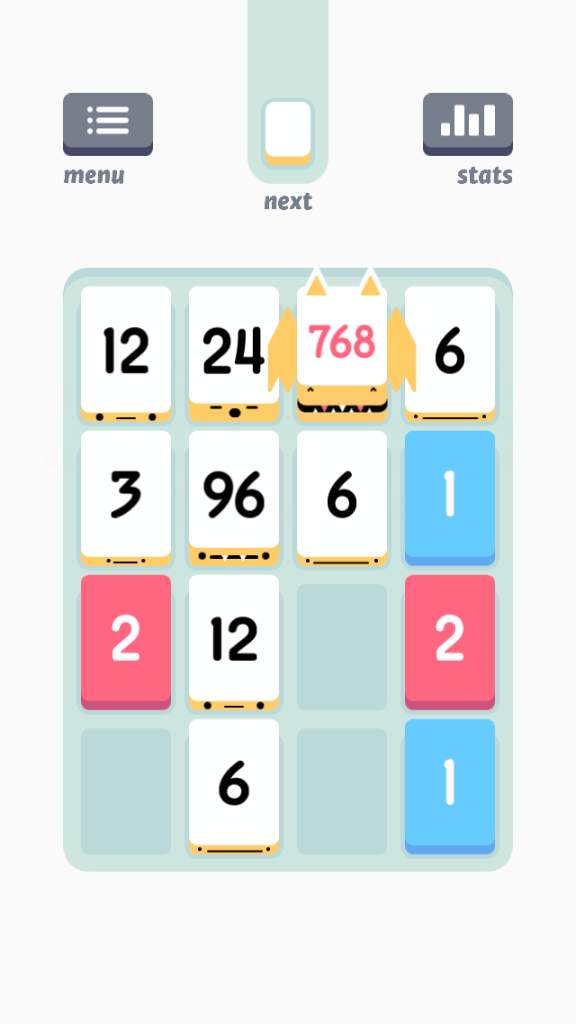When playing Threes!, employing a well-thought-out strategy can significantly enhance your chances of achieving high scores. One of the most effective long-term strategies is the Corner Strategy, which centers around controlling the board while ensuring that your highest-value tiles are consistently safe in one corner, thus minimizing the clutter caused by low-value tiles.
Key Components of the Corner Strategy:
1. Anchor Your Highest Tile:
– Select a corner (usually bottom left or bottom right) and commit to keeping your highest tile there. This serves as your anchor point, allowing you to organize the board more effectively while planning merges around this tile. Moving your highest tile away from its corner can lead to disarray, making it challenging to combine tiles effectively later on.
2. Restrict Swipe Directions:
– Limit your swipes to three directions, specifically avoiding the direction that would move your highest tile out of its secured corner. By doing this, you can maintain better control over the board and prevent chaotic tile movements. This focus minimizes the risk of accidentally disrupting your tile organization.
3. Merge Smaller Tiles:
– Continuously prioritize merging smaller tiles, particularly the 1s and 2s, to prevent your board from becoming cluttered. This will free up valuable space and create opportunities for higher-value tiles to be combined, thus optimizing your move possibilities.
4. Preview Moves:
– Before committing to a swipe, practice previewing your moves. This can be done by placing your finger on the screen and moving it slightly to gauge the outcome without fully making the move. This approach allows you to assess potential merges and helps reduce mistakes that might disrupt your board’s organization.
5. Establish Merge Chains:
– Strategically set up your tiles in a way that allows for smooth transitions from merging smaller tiles to larger ones. By thinking ahead and creating chains of merges, you not only maximize your score potential but also maintain an efficient use of space on the board.
Why the Corner Strategy Works
The effectiveness of the Corner Strategy lies in its systematic approach to reducing randomness while keeping the board orderly. By anchoring your highest tile, limiting movement directions, and ensuring consistent merges, you increase your likelihood of crafting higher-value tiles over time. This methodical gameplay allows for a more predictable environment, enhancing your overall performance.
Advanced strategies, typically employed by AI in similar tile-merging games like 2048, often rely on statistical optimization algorithms to analyze board positions. However, as a human player, focusing on the Corner Strategy and mastering careful tile management will yield much better results than attempting to implement overly complex computational methods.
In conclusion, a steadfast commitment to the Corner Strategy, combined with a focus on organized merging and strategic planning, can help players excel in Threes!, turning the game into a rewarding challenge that balances skill and strategy.






Leave a Reply